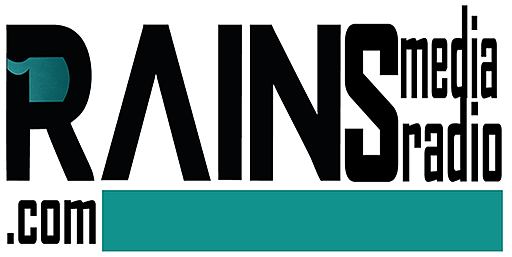Toyota Motor Corporation, on August 6, 2025, cut its annual profit forecast by 15%, citing new US tariffs imposed under President Donald Trump’s administration. The Japanese automaker, reporting in Tokyo, revised its net profit projection from $30 billion to $25.5 billion for the fiscal year ending March 2026. The tariffs, averaging 20% on imported vehicles, have disrupted Toyota’s $60 billion US market, where it sold 2 million vehicles in 2024, accounting for 30% of global sales.
The US policy, targeting Asian manufacturers, raised production costs by 10%, with 50% of Toyota’s US-bound vehicles assembled in Japan. The company’s stock fell 5% on the Tokyo Exchange, reflecting investor concerns over a 25% cost increase for models like the Camry. Toyota plans to shift 20% of production to its US plants, which employ 30,000 workers, but 40% of components remain imported, exposing vulnerabilities. CEO Koji Sato emphasized cost-cutting, including $2 billion in efficiency savings, to mitigate impacts.
Critics argue Toyota’s slow pivot to electric vehicles, with only 5% of sales electric, compounds tariff woes, as US incentives favor domestic EV makers like Tesla, which holds 50% market share. Japan’s auto sector, contributing 10% to GDP, faces $10 billion in losses, with 70% of analysts predicting further cuts. Toyota’s 2024 hybrid success, with 1 million Prius sales, offers resilience, but 30% of US dealers report declining demand due to tariff-driven price hikes.
The forecast cut, affecting Nigeria’s 50,000 annual Toyota imports, could raise prices by 15%, impacting Lagos’s transport sector. Toyota’s $1 billion investment in US factories aims to counter tariffs, but 20% of global supply chains remain at risk. As trade tensions escalate, Toyota’s strategy tests its dominance in a $200 billion market.


